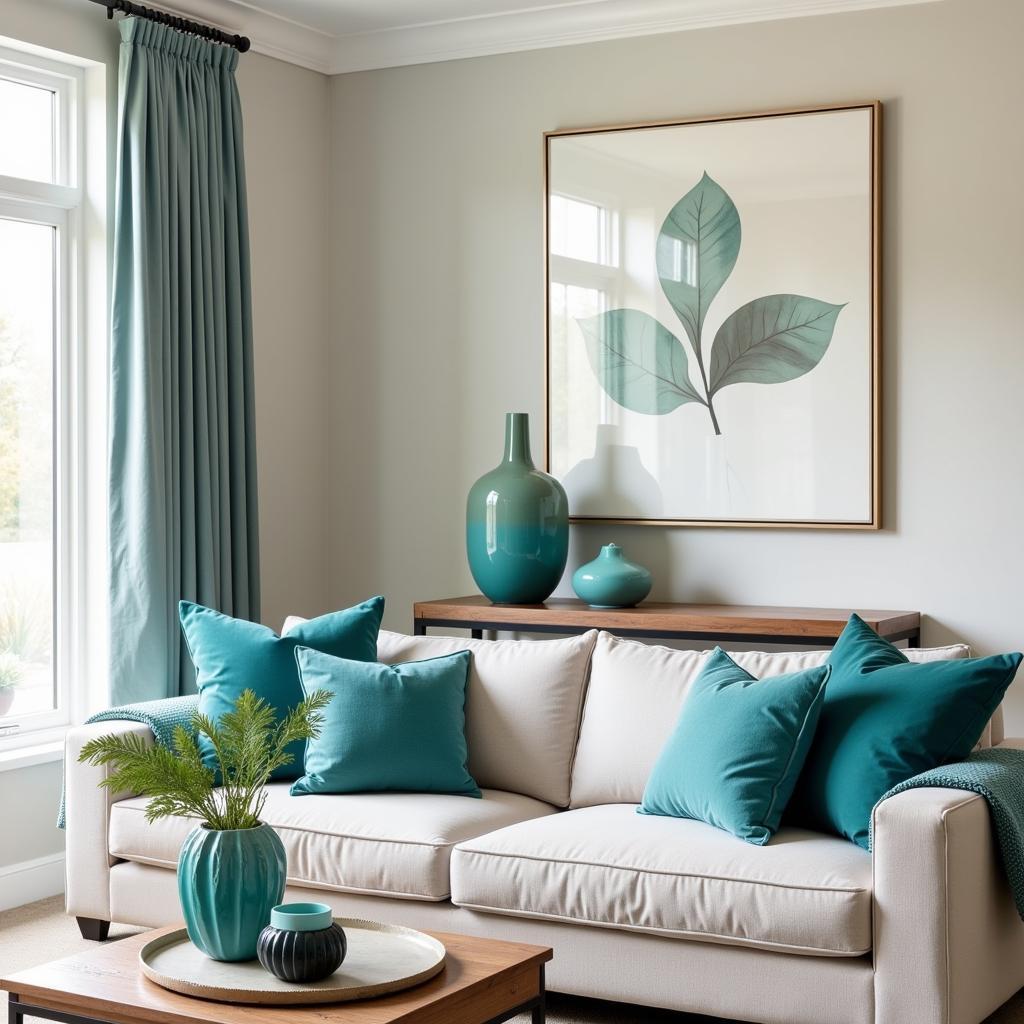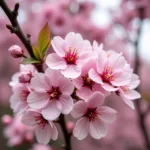Teal and turquoise are two colors that often get confused with one another. While they are both beautiful shades that evoke a sense of tranquility and calmness, they are not actually the same. Understanding the subtle differences between these colors can help you make more informed choices when it comes to interior design, fashion, and more.
Delving into the Depths of Teal
Teal is a blue-green color that gets its name from the bluish-green ring around the eye of the Common Teal, a duck species. It falls somewhere between green and blue on the color wheel, leaning more towards the blue side. Think of the deep, rich hues of a tropical lagoon or a peacock’s feather.
Teal can be created by mixing blue and green paint, adjusting the ratio to achieve different shades. Adding a touch of black can result in a darker, more sophisticated teal, while a hint of white can create a lighter, airier feel.
Exploring the Vibrance of Turquoise
Turquoise, on the other hand, is a slightly brighter color with a more greenish hue. It’s named after the gemstone of the same name, known for its captivating blue-green shades. Imagine the sparkling waters of the Caribbean Sea or the intricate patterns on a mosaic tile.
Turquoise is often described as having a higher saturation than teal, meaning it appears more vibrant and intense. While it still occupies the space between blue and green on the color wheel, it leans more towards the green side compared to teal.
 Teal and Turquoise Color Comparison
Teal and Turquoise Color Comparison
Key Differences Between Teal and Turquoise
So, how can you tell the difference between teal and turquoise? Here’s a quick breakdown:
- Hue: Teal has a more bluish hue, while turquoise leans more towards green.
- Saturation: Turquoise generally appears more vibrant and saturated than teal.
- Undertones: Teal can have subtle blue or green undertones, while turquoise often has hints of yellow or gold.
Using Teal and Turquoise in Design
Both teal and turquoise are versatile colors that can add depth and character to any space or design. Here are some ideas for incorporating these stunning shades:
- Teal: Create a calming and sophisticated atmosphere in your living room with teal walls and accents. Pair with warm wood tones and metallic finishes for a touch of elegance.
- Turquoise: Inject a burst of energy into your kitchen with turquoise cabinets or backsplash tiles. Complement the vibrant hue with crisp white countertops and stainless steel appliances.
- Teal and Turquoise Accents: Add pops of teal and turquoise to your home décor with throw pillows, blankets, vases, and artwork. These colors can also be beautifully incorporated into textiles, creating eye-catching patterns and designs.
 Living Room with Teal Accents
Living Room with Teal Accents
Expert Insight
“Teal and turquoise are both incredibly versatile colors,” says renowned interior designer, Emily Chen. “Understanding their unique characteristics allows you to create stunning color combinations that reflect your personal style and enhance the ambiance of your space.”
Conclusion
While teal and turquoise are often used interchangeably, they are distinct colors with their own unique beauty and appeal. By understanding the subtle differences in their hues and saturation, you can confidently incorporate these captivating shades into your wardrobe, home décor, and creative projects, adding a touch of elegance, tranquility, or vibrancy to your world.
FAQs
1. Is teal a warm or cool color?
Teal is generally considered a cool color due to its blue undertones. However, depending on its specific shade and surrounding colors, it can sometimes lean slightly warm.
2. What colors go well with turquoise?
Turquoise pairs beautifully with a variety of colors, including coral, yellow, white, brown, and gold.
3. Can I use teal and turquoise together in the same room?
Absolutely! Teal and turquoise can complement each other beautifully, especially when used in varying shades and textures.
4. What is the difference between aqua and turquoise?
Aqua is a lighter, brighter shade of turquoise that often has a more playful and energetic feel.
5. Is teal a natural color?
Yes, teal can be found in nature in the feathers of certain birds, the scales of some fish, and the waters of tropical lagoons.
Need more inspiration on how to incorporate teal and turquoise into your life? Check out these articles:
Still have questions about teal and turquoise? Contact Color Box Hanoi today! Our team of color experts is here to help you bring your vision to life.
Call us at: 0373298888
Email us at: [email protected]
Visit us at: 86 Cầu Giấy, Hà Nội.
